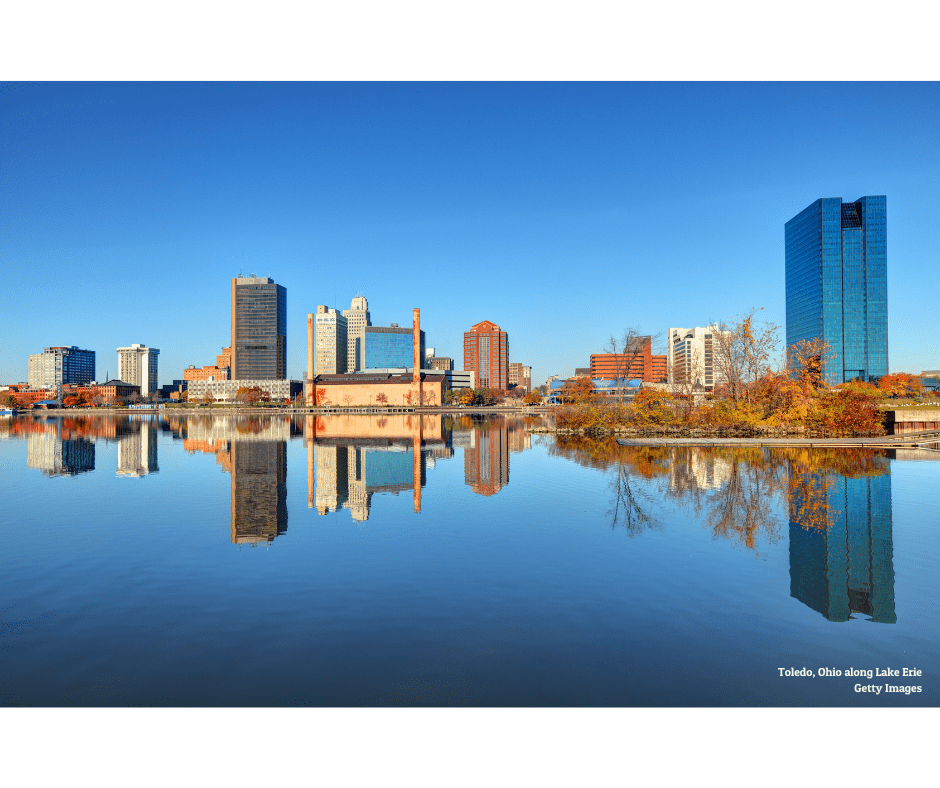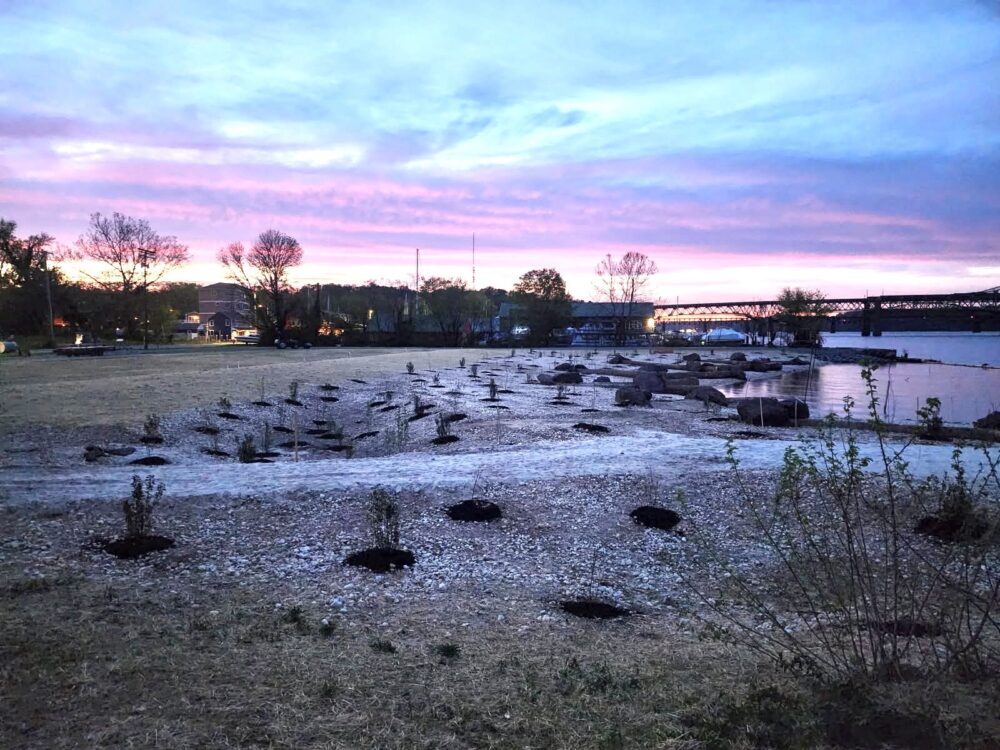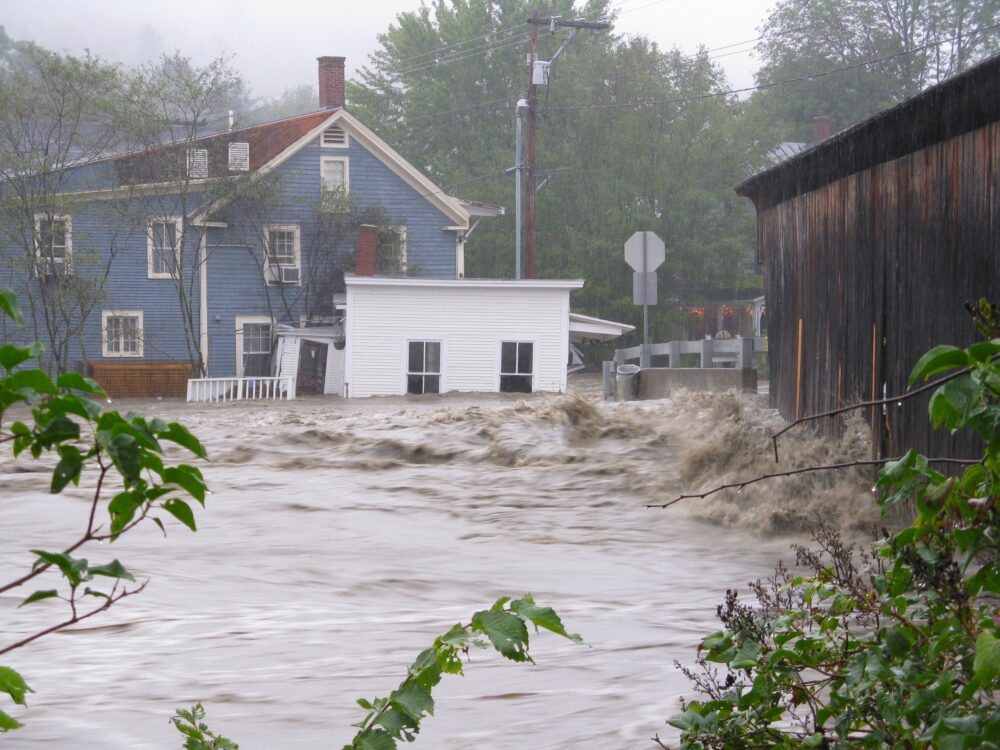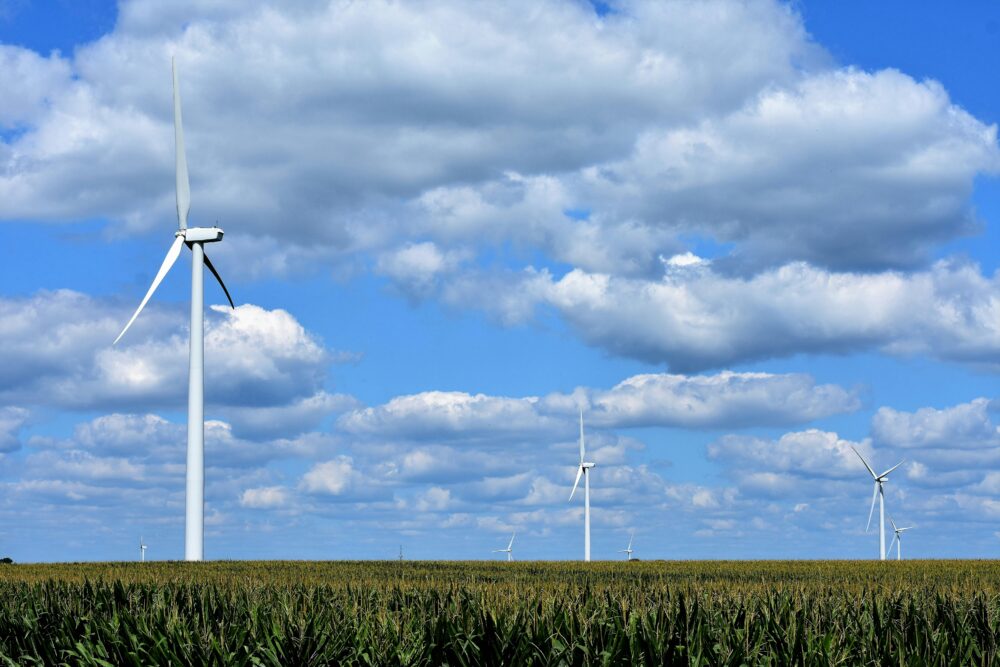We have much more to do and your continued support is needed now more than ever.
Lake Erie: From Green to Clean
Tackling Lake Erie's Algal Bloom Challenges

As the summer Harmful Algal Blooms (HABs) season loads up, we’re keeping our eye on the Lake Erie blooms and can answer your most pressing questions. From the causes to the solutions to what you can expect this summer, we’ve got your answers below!
What is a Harmful Algal Bloom?
Harmful Algal Blooms (HABs) are excessive growths of cyanobacteria or algae in water that can produce dangerous toxins or cause other harmful effects. In the Great Lakes, especially in Lake Erie, these blooms often involve cyanobacteria, also known as blue-green algae. Cyanobacteria can produce toxins like microcystins, which are harmful substances that can affect both humans and animals.
The Plight of Lake Erie: Pollution and Algal Blooms
Lake Erie, the shallowest and warmest of the Great Lakes, has become increasingly prone to HABs. This is due to several factors, including runoff from farms that carries fertilizers rich in phosphorus and nitrogen, which feed the blooms. Climate change, causing warmer water and heavier rainfall, also plays a role by creating more favorable conditions for blooms and increasing the runoff. Urban runoff and outdated wastewater treatment systems contribute to the problem as well.
What do Harmful Algal Blooms Look Like?
In Lake Erie, HABs usually appear as green, paint-like scum on the water’s surface. The color can range from bright green to deep turquoise, and in severe cases, the blooms can cover large areas of the lake, creating both a striking yet concerning sight.

When Did Blooms Start in Lake Erie?
Algal blooms in Lake Erie have been an issue since the 1960s and 1970s when the lake was heavily polluted. Because the lake is the shallowest and warmest of all the Great Lakes, it has been the most susceptible to blooms over the decades. Efforts to clean up the lake led to improvements, but the problem returned in the mid-1990s. With climate change creating more severe weather, warmer lake conditions, and increased rainfall causing higher nutrient runoff, the concerns persist.
Is Drinking Water Impacted by Harmful Algal Blooms?
Because Lake Erie is a crucial source of drinking water for millions of people, harmful algal blooms can affect the water supply. For example, in 2014, the city of Toledo, Ohio, issued a “do not drink” advisory for two days because of microcystin contamination. This incident highlights the need for constant monitoring and managing of water quality to ensure it remains safe to drink.
What’s the Forecast for Summer 2024?
Given the ongoing issues with nutrient runoff and changing climate patterns, there is a valid concern about the potential for significant algal blooms in the summer of 2024. We’ve also had a very rainy spring. The National Oceanic and Atmospheric Administration (NOAA) began releasing weekly forecasts in May, which are helpful indicators of how severe the blooms might be, and they now suggest that this year’s bloom will be “moderate to larger-than-moderate.”
However, there are always extenuating situations that will impact the severity and intensity of the harmful algal bloom each season. With the concern that this season’s bloom will be fairly severe, continuous vigilance and proactive measures are necessary to reduce the risks and protect both the environment and public health.
What are the Solutions to Harmful Algal Blooms?
While there has been progress in understanding and addressing the problem with HABs, ongoing efforts and innovative solutions are essential to protect Lake Erie and ensure safe drinking water for millions of people. From nutrient management to wastewater treatment improvements, there is research and innovation on the horizon that will create new technologies for better treatment and earlier detection.
The National Wildlife Federation’s Great Lakes Regional Center will be releasing an action plan in the summer of 2024. The plan urges everyone involved to think outside the box and come up with new ways to tackle nutrient pollution in Lake Erie. It’s all about finding creative solutions and working together to make a real difference. Suggestions include rewarding our agricultural retailers for promoting conservation practices, focusing efforts on areas with the highest phosphorus levels, and updating funding strategies to make them more effective. The bottom line is that we need to be flexible and collaborative to protect Lake Erie’s future.





















